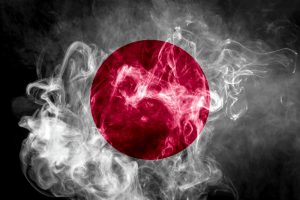The 10-year Onin War
The Onin War got its name because it began in the regnal year Onin 1. Lasting from 1467-1477, it was the prelude to Japan’s most turbulent and violent era. The war primarily took place in the imperial capital of Kyoto. A dispute within the Ashikaga clan accompanied by weak Shogun was the catalyst that sparked a 10-year civil war.
The Families Involved
To put a better picture of the Onin War, there were three main families involved. If the Onin War would be cast in a movie, each family made sure there were representatives.
Hatakeyama Clan
The first family would be the Hatakeyama clan. Being one of the most powerful clans related to the Shogun, some serve as governors but most importantly as Shogun’s Deputy or Kanrei. Their dispute began when the current Kanrei appointed his son Yoshinari as the next one.
At that time, the family preferred Hatakeyama Masanaga, the Kanrei’s nephew, to ascend after him. He was his adopted son since they were childless. Yoshinari was his son to a concubine to which the family disapproves.
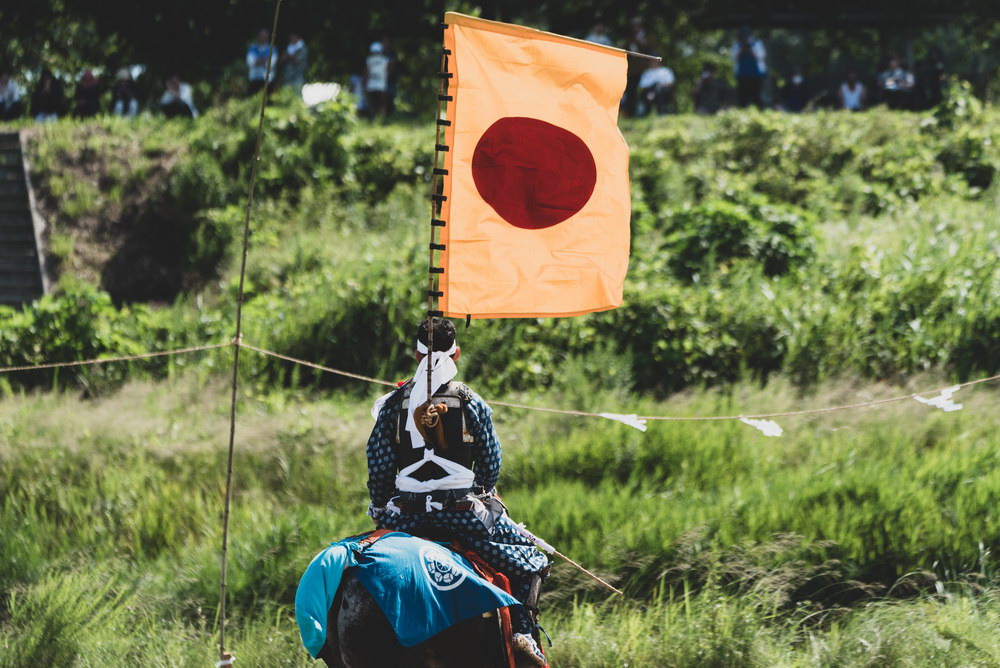
Although the clan already recognized Masanaga as head, the incumbent had the Shogun step in. Initially, he chose Yoshinari, but in the years to come, he would change his mind again and again.
Shiba Clan
Another family related to the Shogun, the Shiba clan, also serves as governors to few provinces. They too were having succession disputes. When their head died young without a son or heir, there were two candidates.
First was Shiba Yoshitoshi who came from a minor family branch and later chosen by the Shogun to be clan head. Next was Shiba Yoshikado who came from a collateral line who stepped in and took leadership after the clan vassals fought with Yoshitoshi.
Ashikaga Clan
The Shogun family wasn’t exempt from succession disputes. Shogun Ashikaga Yoshimasa would soon start the 10-year war to which no one would win.
The Shogun of the War
Eventually, the position of Shogun fell on Ashikaga Yoshimasa. Yoshimasa is better-known for the creation of the Ginkaku-Ji or Silver Pavillion. Yoshimasa was only 8 years old during his appointment as Shogun. As such, officials acted on his behalf.

Though Yoshimasa loved fine arts and culture, he wanted nothing relating to politics. Yoshimasa distaste politics because he saw fighting amongst his subjects. He got in between family disputes choosing heads no one wanted. He was a bad ruling Shogun that by his teens, the Shiba and Hatakeyama were at the height of their family conflicts.
Soon, he married Hino Tomiko, who was from the wealthy and powerful Hino clan. Yet by marrying Tomiko it made things politically difficult. Their marriage disturbed the balance of political families. Seeing his mistakes Yoshimasa realized he wasn’t fit for politics. He then decided to retire, however, this judgment was untimely.
A 10 Year-long Story of Conflict
Yoshimasa decided to appoint his younger brother Yoshimi, who was a monk, as heir. Because Yoshimi was a monk, the Shogun had to drag him out of the monastery for him to be the heir. But at that time, Tomiko bore Yoshimasa a son named Yoshihisa. Overjoyed, he appointed him heir instead. This would be the leading cause of the war.
At the same time as his exit from politics, the Hatakeyama clan was in the same dilemma. By then, they needed to select who would be the head of the clan. Yoshimasa stepped in and appointed Yoshinari as the head of the clan.

In the next few years, the Shogun would be shifting decisions of appointing Masanaga then Yoshinari back again. His indecisiveness caused the Hatakeyama clan to be divided and weakened.
This divide in the Hatakeyama clan led the Shogun to consult Yamana Sozen. While Masanaga consulted Sozen’s son-in-law Hosokawa Katsumoto. These advisors for Yoshimasa and Masanaga were in a feud. Even more, they were powerful households of Kyoto, too.
Yamana and Hosokawa
Despite being related, Yamana and Hosokawa either envied or hated each other. When Shogun Yoshimasa went to Yamana, by this time, there were three families all with succession disputes.
With a race to attain the highest office, Yamana acted first and backed Yoshihisa. On the other hand, Hosokawa backed Yoshimi. Yamana was supported by Shiba Yoshikado and Hatakeyama Yoshinari. While Hosokawa has Shiba Yoshitoshi and Hatakeyama Masanaga as allies.
Not before long, crowds of Yamana and Hosokawa supporters gathered in Yamashiro district. Although both Yamana and Hosokawa had the largest armies ever seen in Japan numbered at 80,000 and 85,000 respectively, both refused to go to war. Whoever would act first would be branded a rebel by the Emperor.
The Beginning of the War
Then at the start of 1467, Yamana called on Ouchi Masahiro, a powerful warlord who had 20,000 troops. They came to support Yoshinari’s attack on Masanaga. Masanaga fled after his loss.
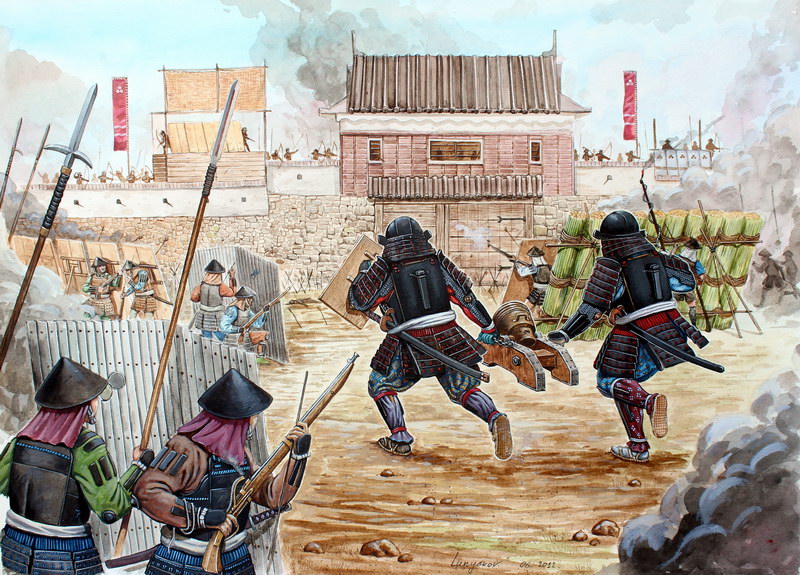
And in February of the same year, a Hosokawa mansion erupted in flames mysteriously. Though Hosokawa was the one who instigated an attack, Yamana and his allies were declared rebels. At this point, all the Samurai had assembled in Kyoto. The Onin War had begun in action.
Almost Endless Succession of Wars
The war wasn’t contained in Kyoto alone. Allies and other families participated in their own or near provinces. Governors and families took sides and fought against each other.
Hosokawa Katsumoto, now the appointed commanding general by the retired Shogun Yoshimasa, decided to evacuate the Imperial Palace. He heard rumors that Yamana would come to attack. He sent the palace’s occupants, the Emperor and all, to the Shogunate headquarters.
His actions proved right when the Yamana launched an attack on the palace. Many sieges insured after. The fights were a series of raids and counter-raids and a full-fledged war took place in the streets.
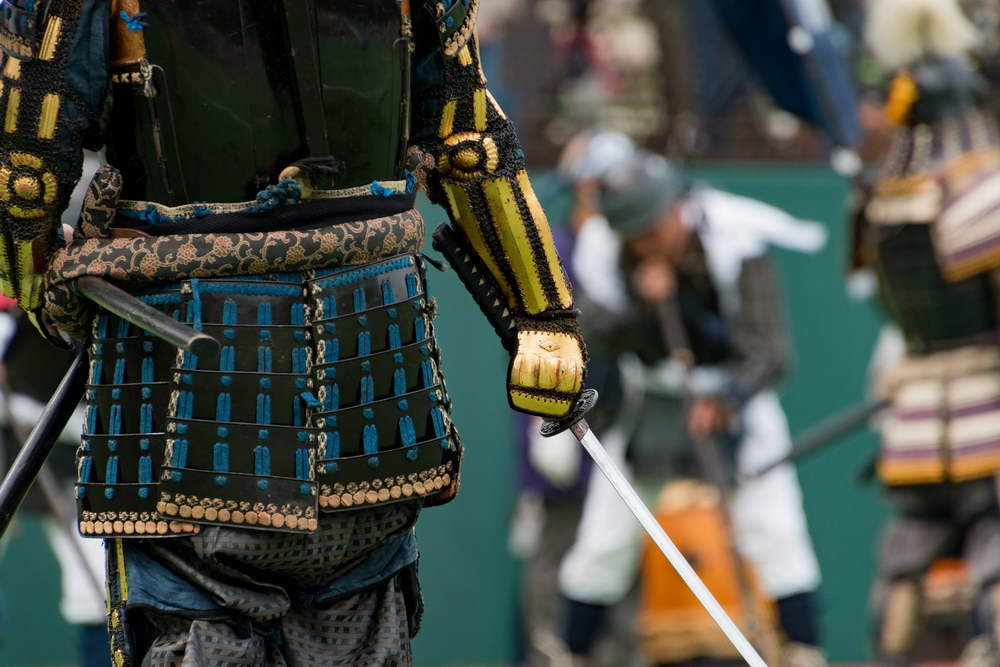
By July, Kyoto had been reduced to rubble. Soon, anyone who could leave the city did so, even while fighting raged on.
By 1468 a momentary peace took place between the opposing sides of Yamana at the West and Hosokawa at the East. The fighting started again when the Hosokawa brought trebuchets and hurled stones and bombs at the Yamana.
Later on, Hosokawa was able to convince Shogun Ashikaga Yoshimasa and the Emperor to brand Yamana as rebels. Now with Yoshimasa and the Emperor backing Hosokawa, they held the moral high ground. Anyone who supported Yamana Sozen did so at the risk of being branded a traitor by the Emperor.
The Rebels
At first, Yamana Sozen wasn’t concerned with being branded a rebel. This was because he was backed by Ouchi Masahiro along with several other powerful clans. And with enough power, he can change whoever ruled later.
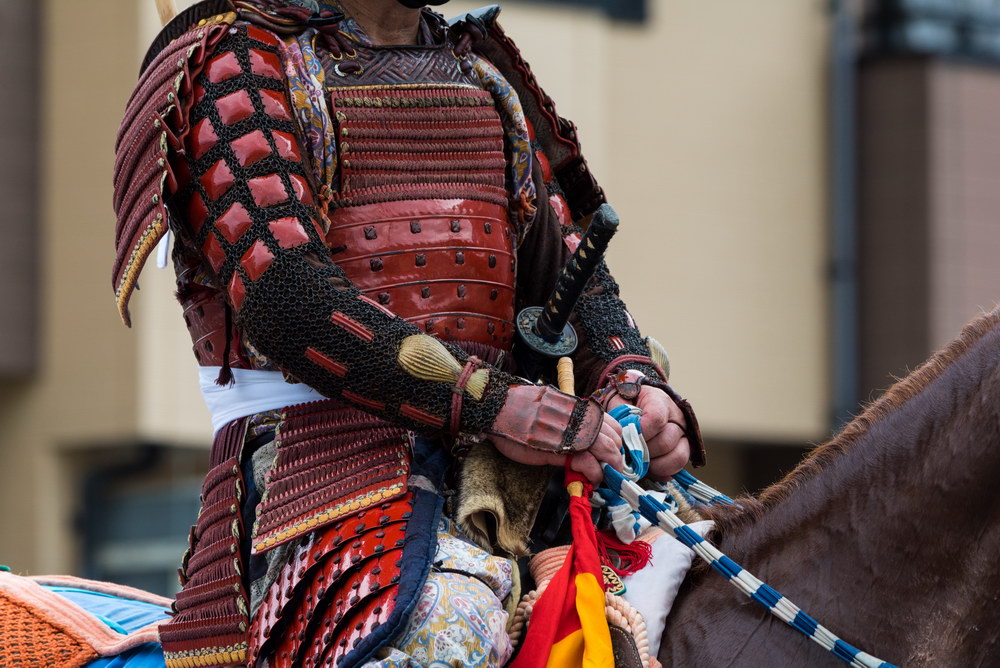
To the point that many shifted sides including Yoshimi. This happened all throughout the war for both leaders. The war raged on for several more years, even after the deaths of Yamana and Hosokawa in 1473.
It was In 1475 when Ashikaga Yoshimasa finally decided to take action. He ordered deputies of the Shogun, Shugo Daimyo, to withdraw out of Kyoto. Most Shugo obeyed and left. However, the fighting lasted until 1477 because some refused to give up. The war drew to a close when Ouchu Masahiro obeyed the Shogun’s will and went home to Yamaguchi, burning his section of Kyoto as one last act of defiance.
Aftermath
At the end of 10 years of conflict, there was no victor. The fight only ended because both sides had lost the strength to push on. After the soldiers left, mobs took over. It would be another seven years before peace was restored.
Although the war had officially ended, conflict had spread into the countryside. Villages had joined forces and gave rise to armies called Ikki, along with the creation of the Ji-Samurai. Chaos continued in the Yamashiro district. Coupled with the presence of Ikki, Japan’s bloodiest era, Sengoku Period, had begun.


